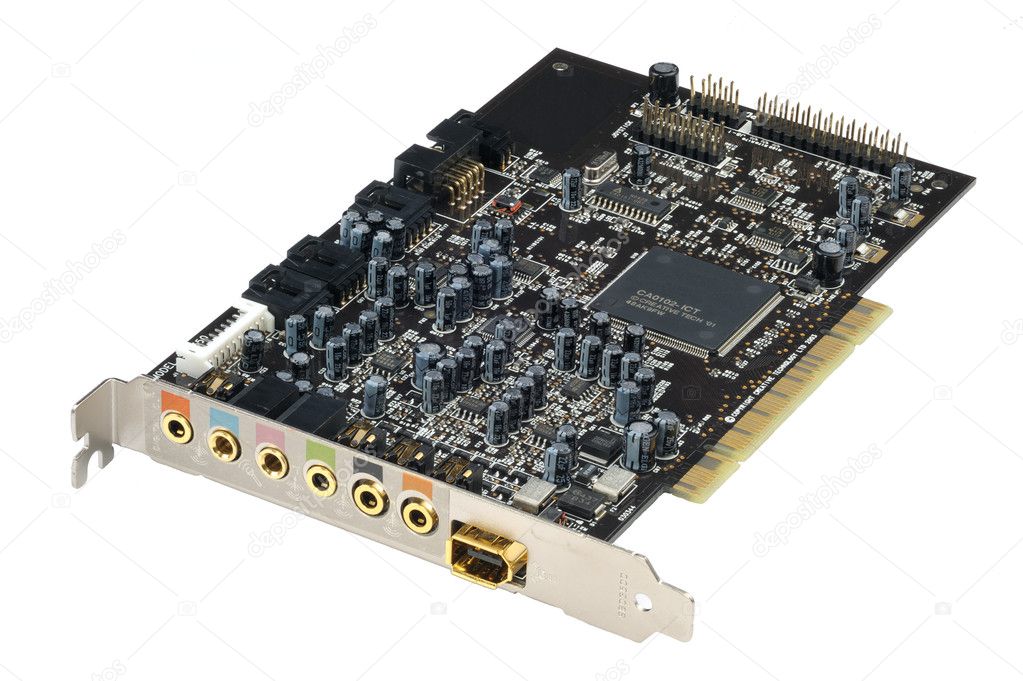

The clear exception, however, is the NXP FXAS21002C which blows the other devices out of the water with almost no meaningful zero offset error, almost requiring no compensation in SW. This will translate to your system appearing to constantly 'drift' when stationary and will need to be compensated in SW. This shows us that at 250 dps and 500 dps, which will be common values in many simple orientation systems, most of these units are comparably noisy with significant zero offset errors. Tricky, although these are very good numbers so I'm not sure why NXP makes you jump through so many hoops to figure out the values, though some doubt remains since only 2000 dps is clearly documented. I'm not sure what situation wouldn't have the device mounted on a PCB (?), but this doubles the zero offset error, which gives us the following final values: Post Board Mount Offset Specifications are based on an eight-layer PCB To further complicate things, there are two zero offsets present, and the second value ( Post-Board Mount) has this obscure footnote:ġ. Manufacturer may attempt to hide unfavorable information by only selectively giving numbers, although in this case the values are very good even in the worst case scenario of +/-2000 dps.


We have to make assumptions because the manufacturer hasn't provided all the information we might need, but generally the zero rate offset increases with sensitivity so this is a safe assumption in this particular case. This starts to highlight some of the problems with datasheets, though. The value is also give in LSB rather than DPS, so we need to convert LSB to DPS to have a useful value, which we can do with the content of the Sensitivity entry above: This means that this is probably the worst case scenarion since CTRL_REG0 = 00 corresponds to +/- 2000 dps. This is less helpful than the 元GD20 above since we only have a single value, DO (or Zero-rate Offset), with the test condition shown as CTRL_REG0 = 00.


 0 kommentar(er)
0 kommentar(er)
